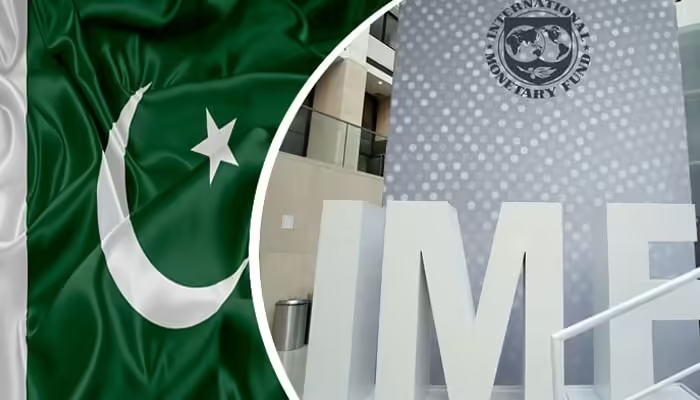Fitch Ratings has upgraded Pakistan’s credit rating, citing reduced external funding risks following a new bailout from the International Monetary Fund (IMF). The rating agency raised Pakistan’s long-term foreign-currency issuer default rating (IDR) to CCC+ from CCC. Fitch typically does not assign outlooks to sovereigns with a rating of CCC+ or below.
While still below investment grade, the upgrade suggests a lower likelihood of default, analysts said in response to the development. However, the agency warned that any renewed deterioration in external liquidity conditions, delays in IMF program reviews, or indications of potential debt restructuring could result in future downgrades.
“The upgrade reflects greater certainty over the continued availability of external funding, in the context of Pakistan’s SLA (staff-level agreement) with the IMF on a new 37-month USD7 billion EFF (extended fund facility),” Fitch said in a handout released on Monday.
According to Fitch, Pakistan’s strong performance on the previous, more temporary IMF arrangement helped the country narrow fiscal deficits and rebuild foreign exchange reserves. The agency expects further improvements but noted that Pakistan’s large funding needs leave it vulnerable. Failure to implement challenging reforms could undermine program performance and funding.
Fitch stated that Pakistan and the IMF reached the SLA on July 12. Highlighting the fiscal challenges ahead, the agency noted that before the likely IMF board approval by the end of August, the Pakistani government must secure new funding assurances from bilateral partners—chiefly Saudi Arabia, the UAE, and China—amounting to approximately $4 billion to $5 billion throughout the EFF period.
“We believe this will be achievable, given the strong record of support and significant policy measures in the recent budget for the fiscal year ending June 2025 (FY25),” Fitch said.
Fitch acknowledged Pakistan’s completion of its nine-month Stand-by Arrangement with the IMF in April. Over the past year, Pakistan has raised taxes, cut spending, and increased prices for electricity, gas, and petrol. The agency also noted the government’s efforts to eliminate the gap between the interbank and parallel market exchange rates through a crackdown on the black market and regulation of exchange houses.
Pakistan has long struggled with economic instability, experiencing boom-and-bust cycles for decades, which have led to 22 IMF bailouts since 1958. According to the IMF’s data, Pakistan is currently the fund’s fifth-largest debtor, owing $6.28 billion as of July 11.
The latest economic crisis has been the most prolonged and has seen the highest levels of inflation, pushing the country to the brink of a sovereign default last summer before the IMF bailout. The conditions of the new program have become tougher, with the IMF aiming to cement stability and promote inclusive growth in the crisis-plagued South Asian country.


